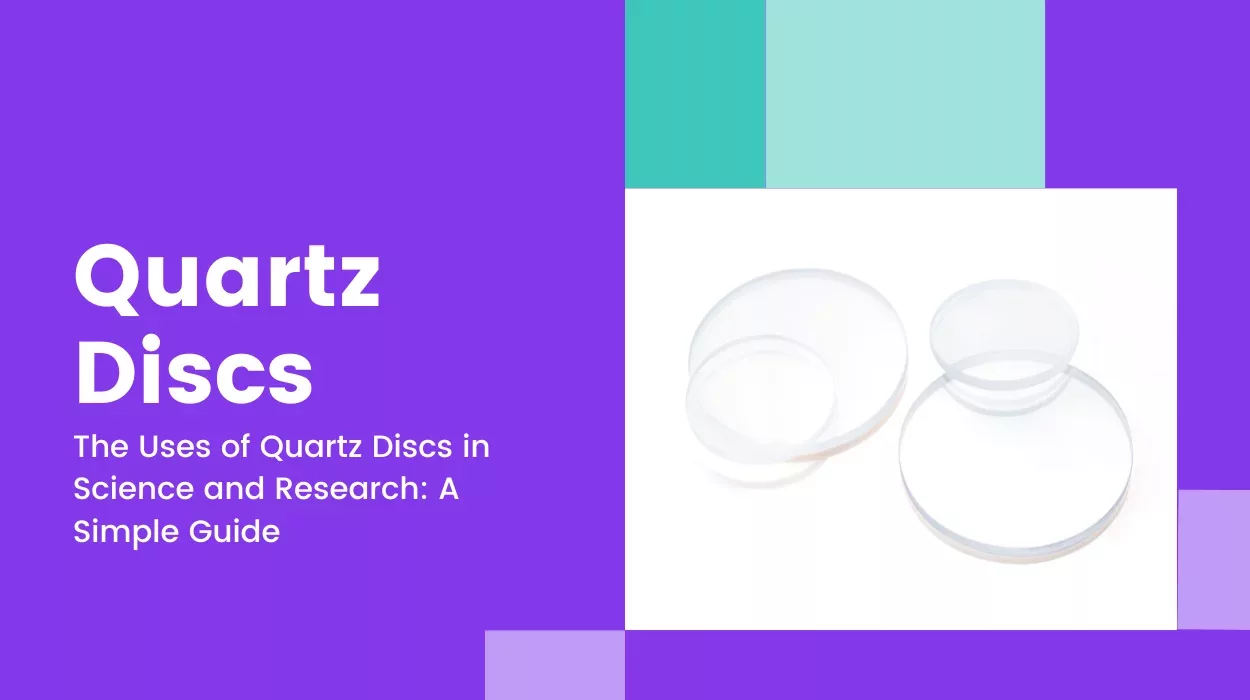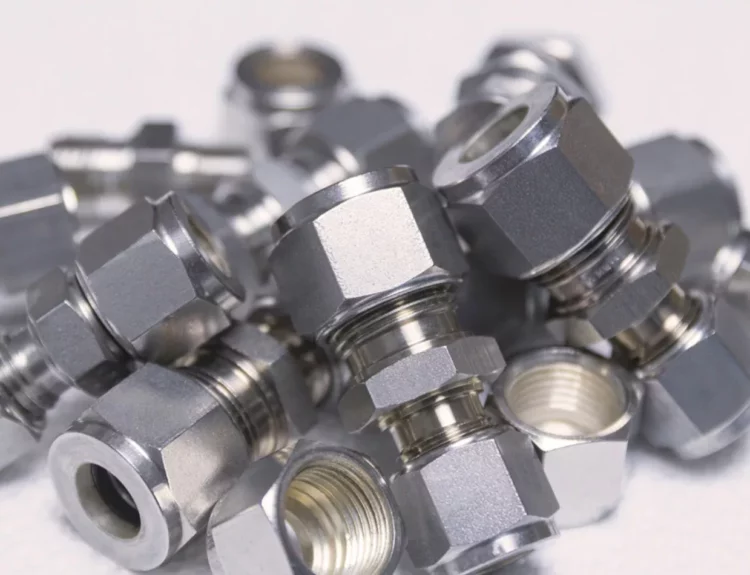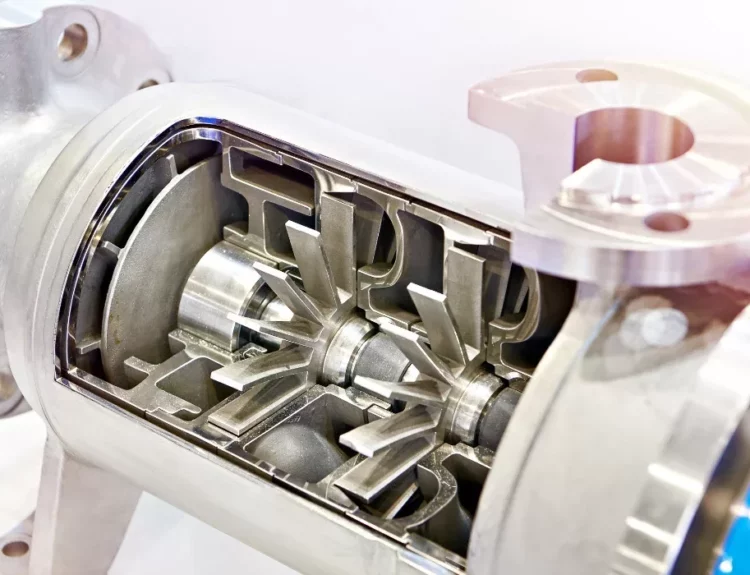Quartz discs seem like simple, transparent circles but are crucial in many scientific and research applications. Made from high-purity quartz, these discs have unique properties that make them indispensable tools in various fields of science. Let’s explore some of the critical uses of quartz discs in an easy-to-understand way.
Optical Applications
One of the most common uses of quartz discs is in optics, the study of light. Quartz is highly transparent to various wavelengths, from ultraviolet (UV) light to visible and infrared (IR) light, making it ideal for use in devices that manipulate or measure light.
- Lenses and Windows: Quartz discs are often used as lenses or windows in optical instruments. They allow light to pass through with minimal distortion, making them perfect for cameras, telescopes, microscopes, and other devices that require clear, precise imaging.
- UV Light Transmission: Because quartz can transmit UV light without absorbing it, quartz discs are commonly used in UV lamps, lasers, and spectrometers, which are instruments that measure the properties of light.
Electronics and Semiconductor Industry
Quartz discs are also vital in the electronics and semiconductor industries, where they are used for their stability and insulating properties.
- Substrates for Thin Film Deposition: Quartz discs are often used as substrates, the surfaces on which thin films of materials are deposited, in the production of semiconductors. These thin films are essential for manufacturing electronic devices like transistors and solar cells.
- Piezoelectric Devices: Quartz has a property called piezoelectricity, which can generate an electrical charge when subjected to mechanical stress. Quartz discs are used in piezoelectric devices, such as quartz watches and sensors, where precise timing and measurements are crucial.
Chemical and Biological Research
In chemical and biological research, quartz discs are prized for their chemical purity and inertness, meaning they do not react with most chemicals.
- Spectroscopy: Quartz discs are used in spectrometers, which measure the interaction between light and matter. In these instruments, quartz discs serve as sample holders or windows through which light passes to analyze the properties of different substances.
- Chemical Reactions: Because quartz is resistant to most chemicals, quartz discs can be used as reaction surfaces in experiments where other materials might be corrupted or contaminated. This ensures that the experiments’ results are accurate and uncontaminated.
Thermal Stability
Quartz has thermal stability which can withstand high temperatures without melting or deforming. This property makes quartz discs useful in high-temperature environments.
- Furnaces and Reactors: Quartz discs are used in high-temperature furnaces and reactors, where they can serve as windows or barriers that allow scientists to observe reactions without exposing the equipment to extreme heat.
- Thermal Analysis: Quartz discs are often used as stable platforms to hold samples in research involving heating or cooling materials. Their ability to endure wide temperature ranges ensures accurate and reliable results.
Laser Technology
Quartz discs are essential in laser technology due to their transparency and resistance to damage from intense light.
- Laser Optics: In laser systems, quartz discs are used as mirrors, lenses, and windows. Their ability to handle high-intensity light without degrading makes them ideal for directing and focusing laser beams in various applications, including cutting welding, and medical procedures.
- Laser Calibration: Quartz discs also calibrate lasers, ensuring they operate at the correct wavelengths and intensities.
Acoustics
Quartz’s piezoelectric properties are also valuable in acoustics, where they are used to create susceptible sound detection devices.
- Quartz Microbalances: Quartz discs are used in quartz crystal microbalances (QCM), devices that can detect minimal changes in mass. These are used in various research applications, including monitoring thin film deposition or studying molecular interactions.
- Sound Sensors: In acoustics, quartz discs are used in sensors that detect sound waves. These sensors can be found in everything from musical instruments to advanced scientific research equipment.
Conclusion
Quartz discs may look simple, but their unique properties—like transparency, chemical purity, thermal stability, and piezoelectricity—make them incredibly valuable in various scientific and research applications. Whether in optics, electronics, chemistry, or laser technology, quartz discs are vital in advancing our understanding of the world and developing new technologies. As research continues to evolve, the importance of quartz discs in science will likely grow even further.







